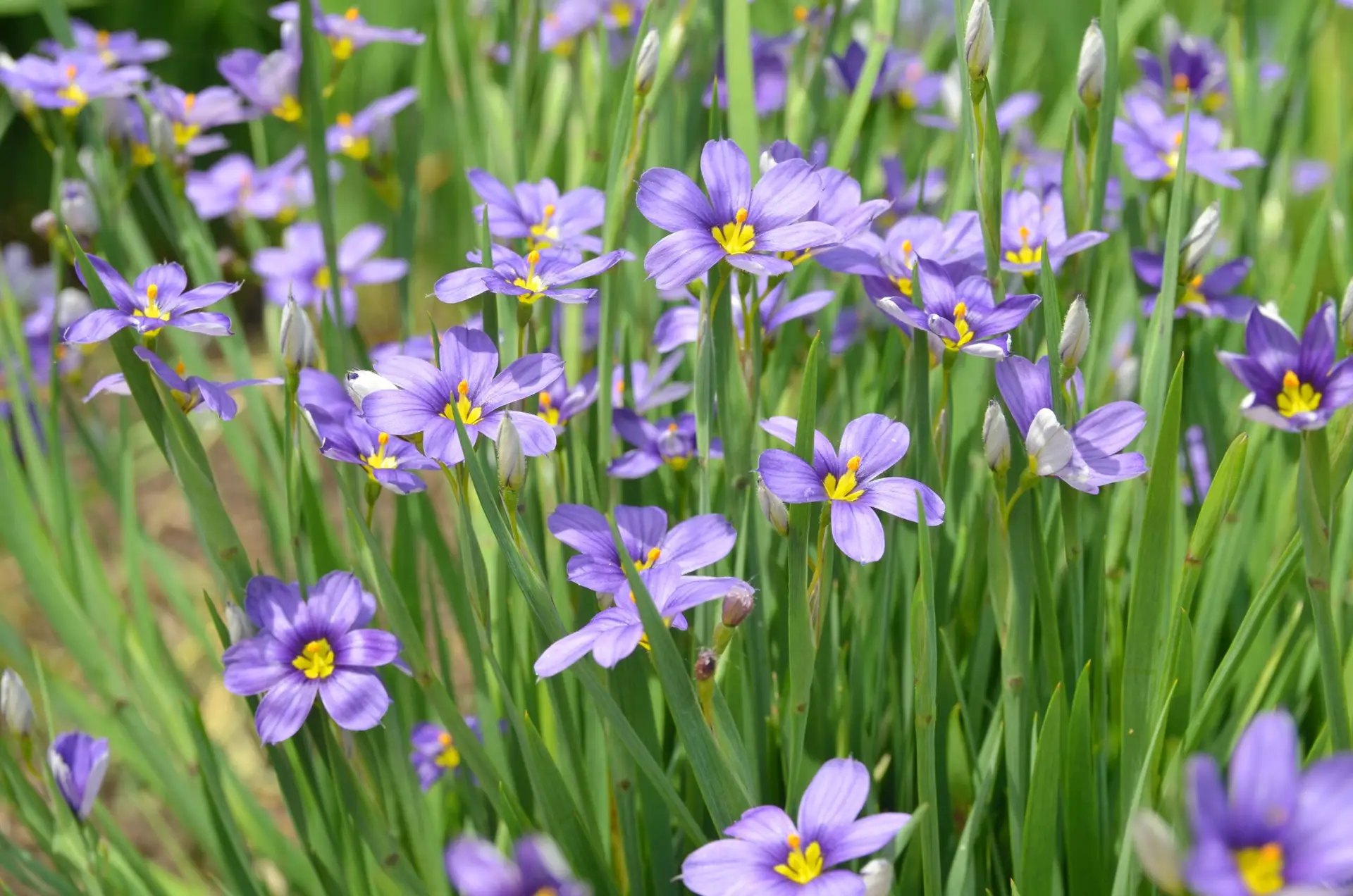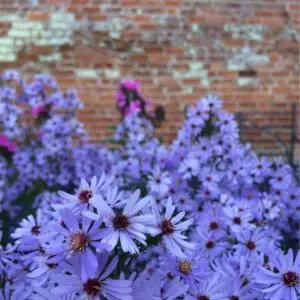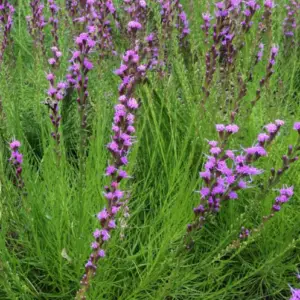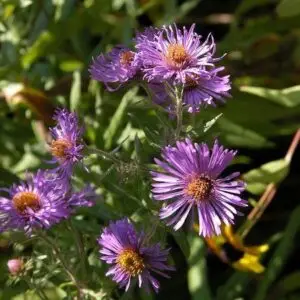| Size | 4" Pots for Preorder Only, Trade Gallons, Two Gallons, Three Gallons |
|---|
Sisyrinchium angustifolium ‘Suwannee’ – Blue-eyed Grass ‘Suwanee’ (B&B.DR.DRGHT.EC.EVR.GRD.H.NB.OP.RR)
$15.00
Ecosystem Services:
(B)-Birds (B&B)-Birds & Butterflies
(BTF)-Butterflies (BW)-Black Walnut Resistant
(DR)-Deer Resistant (DRGHT)-Drought Resistant
(EC)-Erosion Control (EVR)-Evergreen
(FC)-Fall Color (FRG)-Fragrant
(GRD)-Groundcover (H)-Host plant
(HMR)-Hummingbirds (M)-Mammals
(MTH)-Moths (N)-Nectar
(NB)-Native Bees (NST)-Nesting Material
(OP)-Other pollinators (RR)-Rabbit Resistant
(SHWY)-Showy (SPC)-Specimen Plant
The common name is derived from the blue flowers.
These blue (to a blue-violet) flowers are on branching stems with grass-like foliage. However, this plant is not a grass but is in the iris family. The stiff, upright, sword-shaped leaves form into a fan shape, very similar to other plants in the iris family. These leaves are typically narrower than the leaves of an iris, making it look more like a grass. After the flowers have bloomed, it would be hard to pick out this plant when growing along with other grassy plants.
Growing from rhizomes, this plant likes moist to average soil and is generally found in moist meadows, marshes, low woods, damp open woods, on stream banks and slopes. Planting is groups will provide curb appeal.
It is the most common blue-eyed grass in the eastern portion of the United States.
The leaves were cooked and eaten by Native Americans as a medicinal plant. It was said to regulate the bowels.
Host plant for some butterflies, including the blue azures,
Only logged in customers who have purchased this product may leave a review.






Reviews
There are no reviews yet.